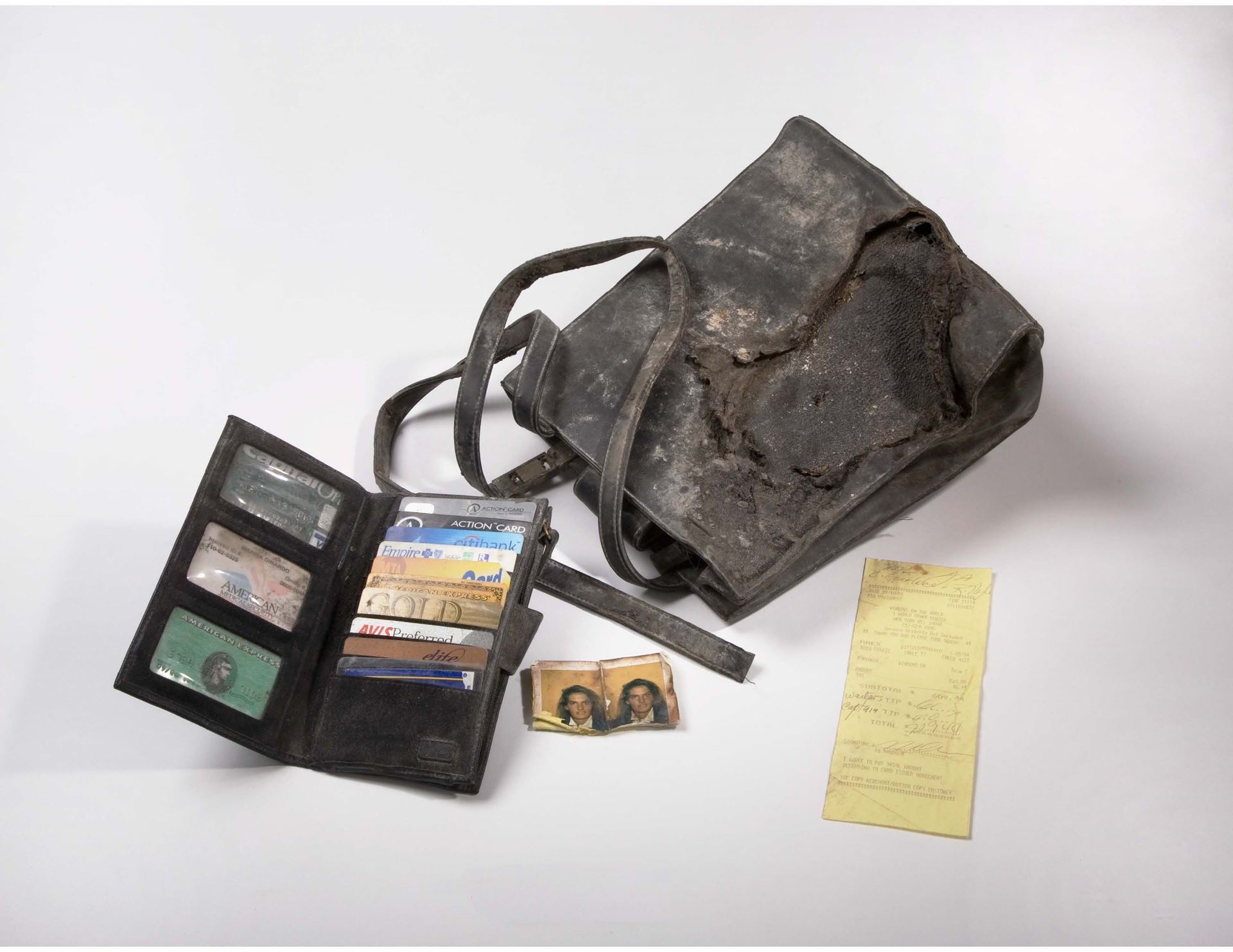The past is never dead. It’s not even past.
— William Faulkner
Shortly after my grandmother passed away, I found myself in the Old City of Jerusalem, leaving a note to her in a crevice of the Western Wall. I was there with a group of academics who had convened in Israel for the International Council of Memorial Museums conference. I’m not a religious person and neither was my grandmother but standing at the base of this ancient and venerated wall made me think about her, and about the profound impact of the past on the present. I wanted my message to her to join the countless other prayers, letters, and wishes in the Wall, to become part of an intricate but interconnected road map made up of traces of human experiences on the surface of stones that spanned empires. The gesture was one small way to honor her existence and our bond. After all, you remember life with life, as American scholar and Judaist, Dr. James E. Young had remarked in his keynote address just days earlier.
As a curator at the 9/11 Memorial & Museum, I am uniquely exposed to how people choose to honor the departed at a public site of tragedy and remembrance. These gestures continue to move, inspire, and surprise me with their creativity, even as the distance between 2001 and the present deepens. From launching charities in honor of their loved ones, to leaving notes tucked into a name – one of nearly three thousand incised on the parapets surrounding the 9/11 Memorial’s twin reflecting pools - the forms in which people remember and commune with the deceased feels as boundless as the historical continuum itself. Some of these memorialization efforts are strikingly familiar, while others are more specific to circumstances framing 9/11. Some might come to re-define the course of a person’s life, while others are quieter gestures woven into a private moment on a seemingly random day.
Additional ones, however, come to the Museum as a carefully chosen physical object, photograph, or spoken remembrance gifted on behalf of a victim. Early in my tenure at the Museum - nearly six years prior to its 2014 opening, when we only had sketch renderings of what the anticipated exhibition spaces might resemble - I was particularly struck by the donation of a pocketbook and its contents, that had been recovered at Ground Zero. The items belonged to a 37-year-old bond trader who had treated her mother and others to a birthday celebration at Windows on the World the night before. The receipt from the occasion at this renowned restaurant – located on the 107th floor of the Trade Center’s North Tower - was among the recovered pocketbook contents donated to the Museum by her mother and brother. The items were part of the inaugural display of personal effects tied to victims in the Museum’s exhibition, In Memoriam.
Everyday objects, like these, which managed to dodge destruction characterize a significant part of the 9/11 Museum’s permanent collection. Paired with stories about the individuals to whom these items belonged – contributed by those who knew and loved them - can imbue these artifacts with a very humanizing energy that undercuts the abstraction of mass tragedy. These memorial artifacts do not always bear the patina of Ground Zero, however. Sometimes, the object’s potency lies in the fact that it was left at home, or by the bedside of its owner on the morning of 9/11 and presumably could have been one of the last things they touched. Other times, it can illuminate a specific aspect of a life lived in the form of a pair of leopard print-patterned clip-on earrings that were worn by a Brooklyn-born, Staten Island-dwelling 62-year-old mother of three; an Argentina national soccer team jersey worn by a passionate fan – a young Argentinian-born firefighter killed in the line of duty; or a poetry and song-lyric journal filled with the gorgeous Bengali script of a 26-year-old woman who worked with her husband at Marsh & McLennan – both of whom perished that day. These glimpses into the lives of people killed on 9/11 are shared with us through the offerings of the living who have chosen to nurture their loved ones’ memory at a public site of remembrance. This affirmation of our shared humanity and the transcendent sorrow of loss contribute to the resonance of such sites of collective pilgrimage, enabling them to communicate with generations across time and cultures.
I initially came to the Western Wall without the intent of leaving anything behind. However, the sight of people congregated at its ancient base, drawn there from all over the world to perform their rituals – religious or otherwise – moved me to perform one of my own and leave a piece of my story – my grandmother’s story – within the historical continuum. Dwarfed by the incredible scale of only a segment of the retaining wall that once protected the Temple Mount, the notes that fill its crevices, touched and finessed into place by the hands of many, seem delicate and ineffably human in juxtaposition with the towering and formidable limestone. The act of leaving one behind was as deeply personal to me as it was a shared experience with everyone there on that October day. The timeless and cross-cultural nature of remembrance rituals is something that I hope people find moving when they visit the 9/11 Memorial Museum and other sites of mass trauma and violence, as a testament to the irreplaceable value of each and every human life. Perhaps they might be moved to leave their own tribute behind or find an unexpected connection to an everyday item like a young woman’s pocketbook.

Photograph by Alexandra Drakakis

Photograph by Amy Dreher

Collection 9/11 Museum, Photograph by Matt Flynn

Alexandra Drakakis is the Associate Curator at the National 9/11 Memorial & Museum and a MANY Board Member.
